Primavera, a masterpiece by Florentine painter Sandro Botticelli (1444 – 1510), is regarded as epitomizing the spirit of the Renaissance and exemplifies Botticelli’s highly refined command of color and form. Little known for centuries after his death, his work was rediscovered in the late 19th century by a group of English artists known as the Pre-Raphaelites. Botticelli, part of the inner circle of the Medicis, painted extraordinary wall frescoes in the Sistine Chapel, and several monumental mythological allegories.
The painting features six female figures and two male, along with a blindfolded cupid, in an orange grove. To the right of the painting, a flower-crowned female figure in a floral-patterned dress is scattering flowers, collected in the folds of her gown. Her nearest companion, a woman in diaphanous white, is being seized by a winged male from above. His cheeks are puffed, his expression intent, and his unnatural complexion separates him from the rest of the figures. The trees around him blow in the direction of his entry, as does the skirt of the woman he is seizing. The drapery of her companion blows in the other direction.
Clustered on the left, a group of three females (they are the three Graces - beauty, joy and charm), also in diaphanous white, join hands in a dance, while a red-draped youth with a sword and a helmet near them raises a wooden rod towards some wispy gray clouds. Two of the women wear prominent necklaces. The flying cherub has an arrow nocked to loose, directed towards the dancing girls. Central and somewhat isolated from the other figures stands a red-draped woman in blue. Like the flower-gatherer, she returns the viewer's gaze. The trees behind her form a broken arch to draw the eye.
The pastoral scenery is elaborate. Botticelli (2002) indicates there are 500 identified plant species depicted in the painting, with about 190 different flowers. Botticelli. Primavera (1998) says that of the 190 different species of flowers depicted, at least 130 have been specifically named. The overall appearance of the painting is similar to Flemish tapestries that were popular at the time.
Today The painting Primavera has been carefully recreated detail-by-detail, color-by-color to near perfection by Artisoo gallery. Why settle for a print when you can add sophistication to your rooms with a beautiful fine gallery reproduction oil painting?

Elk schilderij is met de hand geverfd speciaal voor u
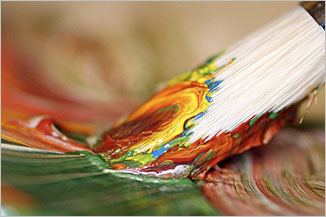
Hand geverfd
Onze schilderijen zijn 100% met de hand geverfd door professionele schilders met olieverf op een echt canvas. Wij gebruiken nooit digitale technologie en zoeken nooit de makkelijkste weg.
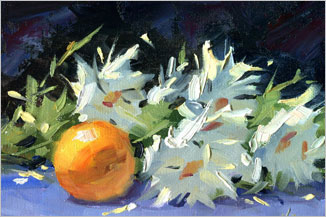
Fantastisch gebruik van de kwast
Onze schilders richten zich op alle kleine details van het kunstwerk om met de juiste werkwijze elk schilderij een unique charme te geven.
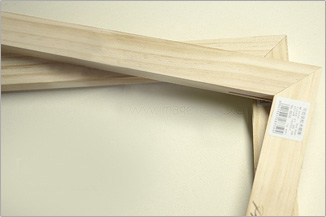
Fijngevoelige frames
Onze schilderijen zijn opgespannen op hoge kwaliteit houten frames. Onze frames zijn mooi, sterk en duurzaam.
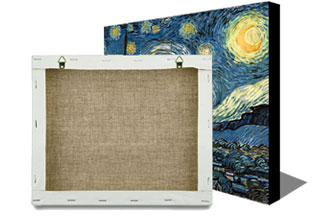
Klaar om op te hangen
Onze schilderijen zijn al uitgerekt: de randen zijn afgewerkt en bedekt met canvas - het schilderij is klaar om opgehangen te worden direct na het openen van de doos.
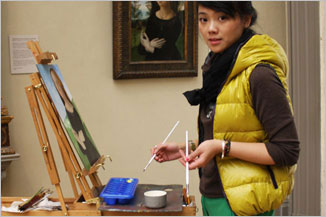
Geïnspireerde kunst
De oorspronkelijke motieven gepresenteerd door Artisoo zijn gemaakt door kunstenaars uit de meest prestigieuze kunst scholen en academies voor fijne kunsten.
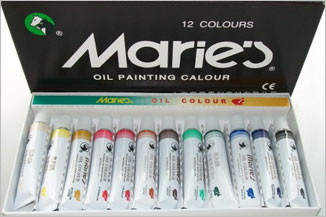
Milieuvriendelijk
Wij gebruiken alleen Marie’s museum kwaliteit verf omdat het milieuvriendelijk is en nooit vervaagt.
